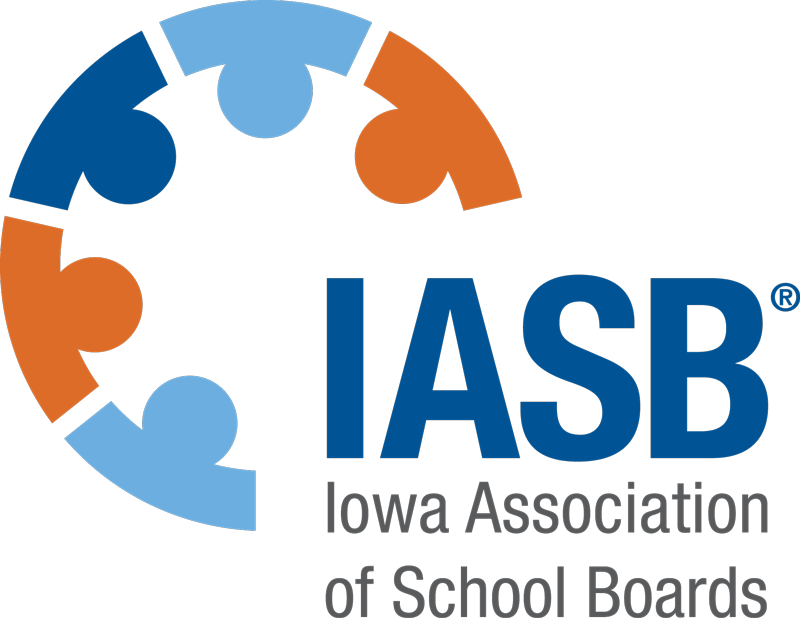Supplemental State Aid
We believe supplemental state aid is a critical component in student success by providing districts with adequate general fund resources. We call for improvements in state policy to ensure this funding addresses inflation, provides market competitive wages for teachers and staff, is equitable across program areas and for the area education agencies (AEA), and allows flexibility to address demographic changes within schools.
Pro-Tip: Talking points are an explanation of the problem and the broad public policy that could be the solution. Talking points can be expanded upon by using your district's stories and data.
Legislative asks are the specific policy proposals we think the legislature should enact to make progress toward solving an issue.
Talking Points
As the biggest source of per pupil spending, supplemental state aid must reflect the impact of inflation for districts to continue providing a world-class education to all students.
A district’s general fund, which is comprised mostly of state funding, supports the high-quality teacher workforce necessary for student achievement. To provide competitive salaries, supplemental state aid should reflect cost-of-living increases to ensure schools can recruit, hire and retain teachers and staff.
Our communities hold public schools to a high standard, and sufficient funding must match that in order for districts to provide a world-class education for all students.
As student needs, demographics, enrollment, and programming changes each year, districts need flexible school funding to address challenges as they arise.
Legislative Ask
- Revise the school funding formula so that it allows districts to address urgent needs rather than limiting local flexibility with specific funding categories.
- Pass an adequate supplemental state aid rate that accounts for inflationary costs and competitive salaries for teachers and staff.
SSA Tools & Resources
Iowa Public Schools Quick Facts: A closer look at Iowa's school funding, who our public schools serve and employ, and where the resources to fund our schools come from.
Map of Each District's Estimated FY 2026 New Money Percentage
IASB Supplemental State Aid Impact Tool: This file provides the impact of the SSA on new money for all districts.
Explore IASB's New Money Calculator tool in this how-to video with school finance guru (and former IASB Associate Executive Director of Government Relations & School Finance) Shawn Snyder.
Watch the Video
Other School Funding Resources
District Cost Per Pupil (DCPP) Equalization
The District Cost Per Pupil (DCPP) is the amount of per pupil funding that generates spending authority and revenue for the regular program and other programs for all school districts. Prior to FY 2019, there was a $175 difference between the minimum and maximum DCPP. The minimum DCPP is equal to the state cost per pupil (SCPP). However, since the 2018 Legislative Session, the General Assembly has reduced the difference to $135. IASB is recommending that the legislature continue to narrow this gap until it is eventually closed.
FY 2026 District Cost Per Pupil (DCPP) Equity Tool: See the estimated impact of DCPP Equity legislation on your district by entering a per pupil increase.
District Cost Per Pupil Comparison Tool: Provides an analysis of the differences in the district cost per pupil.
Map of the District Cost Per Pupil Differential
Transportation Equity
We support a funding mechanism for school districts' transportation costs that does not reduce funding for educational programs. The transportation toolkit provides information to help in advocating for changes that will create more equity in school transportation funding without impacting educational programs.
Estimated FY 2026 Transportation Aid by School District
Map of Districts that are to Receive Estimated Transportation aid for FY 2026
15.3.2025.8

